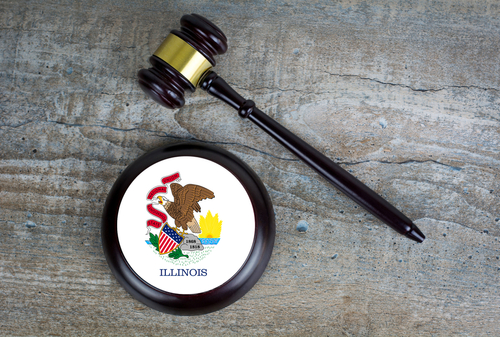The Just and the Unjust, by James Cozzens
This is an online extra to our August 2013 cover story, 25 greatest law novels ever.
James Gould Cozzens’ The Just and the Unjust is not among the top 25 law novels, and, given the author’s fidelity to realism, even Cozzens himself might not object. The novel conspicuously avoids the hallmark of compelling legal fiction: a dramatic courtroom scene—perhaps best exemplified in To Kill a Mockingbird when, through a brilliant triple play of testimony elicited by Atticus Finch from the accusers and the defendant, Tom Robinson demonstrates single-handedly (and literally) that he could not have beaten and raped Mayella Ewell. Cozzens’ tale also avoids the climactic plot twist that transforms the dull work of law into a revelatory thrill, as shown in Scott Turow’s masterful Presumed Innocent or Mark Twain’s The Tragedy of Pudd’nhead Wilson. In a constellation of enthralling legal narratives like Bleak House, In Cold Blood, Les Miserables or The Stranger, Cozzens’ clinical tone, moral ambivalence and passive protagonist tend to dim in comparison.
But this doesn’t mean the book is not a “must read.”
Set in a small town thought to be located somewhere in Pennsylvania, where Cozzens did his courtroom research, the fictional Childerstown suggests the quaint innocence of its inhabitants. It also hints at the inevitable rites of passage that the characters will go through as a three-day murder trial unfolds in their town. This crime, along with two other disparate legal subplots (sex crimes by a schoolteacher and a fatal car accident), touch upon a laundry list of modern social problems: drug dealing, gang-like violence and sex crimes, among others. In the backdrop of these legal proceedings are the political and personal relationships that drive the story’s subtle ruminations about right and wrong. The interpretations are as varied and opaque as the title’s biblical roots, Matthew 5:45. The book is a drama less about law than about the human relationships that intersect with it.
Although fusty, Cozzens’ observations are incisive, and the reader who submits to his prolixity will find many gifts. A classic quote, written in Cozzens’ typical matter-of-fact style that often masks his irony, reflects the law’s comfort with alternative versions of truth: “[The plaintiff] brought an action against a neighbor for borrowing and breaking a cooking pot. Advice of counsel was that the defendant should plead that he never borrowed the pot; and that he used it carefully and returned it whole; also, that the pot was broken and useless when he borrowed it; also, that he borrowed the pot from someone not the plaintiff; also, that the pot in question was defendant’s own pot; also that the plaintiff never owned a pot, cooking or other; also that—and so on, and so on.”
This and other gems in Cozzens’ finely wrought passages describe a grandly orchestrated legal bureaucracy that, in literary verisimilitude, fails to satisfy observers with clarifying insights or riveting spectacle—or even a sense that true justice was achieved.
Roz Myers, J.D., M.A., teaches at John Jay College of Criminal Justice on subjects related to jurisprudence, crime victimization, restorative justice, and the moral gap between justice and law. As a writer and editor, she has served for more than 17 years as the managing editor and legal columnist for journals published by Civic Research Institute, and her work in other areas of law has appeared in publications by West, Matthew Bender, and other major legal publishers. She is a doctoral candidate at The Graduate Center of CUNY, focusing on hate crimes and responsive legislation.



